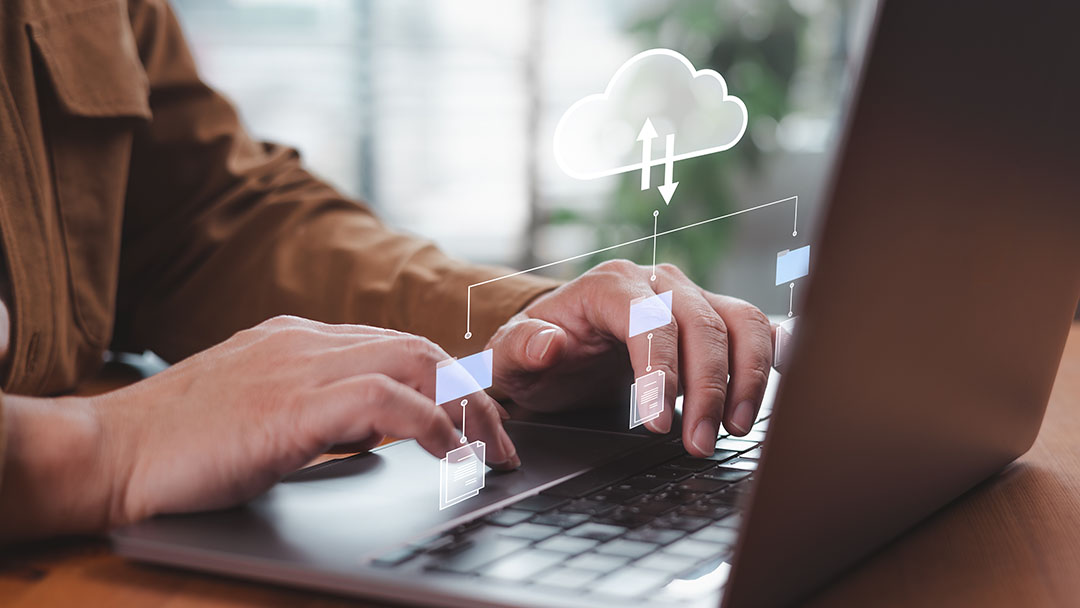Do you feel your business is sailing with an anchor dragging behind, slowing progress, and consuming resources? Legacy systems might be the hidden weight holding you back. As you navigate the complexities of running a business, have you considered that your outdated technology could secretly cost you more and hinder your operations in ways you haven’t fully grasped?
Discover the eye-opening truth about how legacy systems could cost you more than meets the eye and uncover the key insights that could transform your approach to technology in the modern business landscape.
Legacy Systems: Costly Long-Term Expenses
Using legacy systems can incur substantial long-term expenses due to maintenance costs and reduced productivity. Hidden costs associated with outdated technology often lead to unforeseen financial burdens, impacting your organization’s bottom line.
Legacy applications, prone to security breaches, pose significant risks that could result in dissatisfied customers and reputational damage. The high maintenance costs of legacy systems can drain resources that could be better utilized for growth and innovation.
Embracing modern solutions is crucial to avoiding the technical debt of maintaining outdated technology. By investing in upgrading your systems, you not only mitigate the risks of security breaches but also enhance efficiency and productivity, ultimately leading to improved customer satisfaction and long-term cost savings.
Prioritizing the transition from legacy systems to modern solutions is essential for the sustainability and success of your business.
Understanding Outdated Technology Impact
To fully grasp the consequences of relying on legacy systems, it’s crucial to understand the impact of outdated technology on your organization’s operations and overall performance. Outdated systems can lead to compatibility issues with modern technology, hindering efficiency and productivity.
While you may think you’re saving on immediate costs by sticking with legacy technology, the actual price of missed opportunities and decreased performance can be substantial. Moreover, legacy systems pose significant security risks, leaving your organization vulnerable to cyber threats that could result in expensive data breaches.
Embracing technology advances and modernizing your systems can mitigate these risks and unlock new levels of efficiency and innovation. By evaluating the actual opportunity cost of maintaining outdated technology versus investing in upgrades, you can make informed decisions that align with your organization’s long-term success.
Challenges in Legacy Technology Maintenance
Navigating the complexities of legacy technology maintenance can present significant challenges for businesses seeking to streamline operations and enhance efficiency. Dealing with outdated software and legacy code requires skilled professionals to ensure proper upkeep.
Security threats loom large, necessitating vigilant measures to safeguard against potential breaches. The cost of ownership for maintaining legacy systems can escalate due to the need for specialized expertise and disaster recovery planning.
Additionally, integrating third-party applications while meeting regulatory compliance requirements can complicate maintenance. Ensuring the smooth functioning of legacy technology involves a strategic approach to mitigate risks and optimize performance.
Efficiency and Productivity Impacts
Legacy technology’s impact on efficiency and productivity is substantial and requires careful consideration for optimal business performance.
- Outdated mainframe systems can slow down your business operations significantly.
- Legacy technology may hurt your business processes, leading to inefficiencies.
- Delaying a security update could expose your business to cyber threats, stressing your cybersecurity staff.
- Legacy systems might prevent your team from gaining valuable insights into your business models.
- Continual reliance on outdated technology may hinder your ability to adapt quickly to changing market demands.
Risks and Incompatibility of Legacy Systems
As your business navigates the challenges posed by legacy technology, addressing the risks and incompatibility associated with these outdated systems becomes crucial. Legacy systems present security risks that can compromise your business outcomes and customer expectations. The need for constant security patches to mitigate vulnerabilities in these systems can lead to higher surface costs and impact customer satisfaction.
Moreover, the incompatibility of legacy systems with modern operating systems and software solutions can hinder your ability to adapt to changing business needs efficiently. Integration challenges and high costs associated with special licensing and updates further exacerbate the limitations of legacy systems, impeding scalability and hindering your future operations.
To ensure optimal performance and safeguard your business against potential security breaches, it’s essential to thoroughly evaluate the implications of maintaining legacy systems. By addressing these risks head-on and exploring modernization strategies, you can enhance your operational efficiency, protect sensitive data, and improve your overall business resilience.
Business System Evaluation and Improvement
Are you evaluating your business systems for improvements to enhance efficiency and performance?
- Start by assessing current processes and identifying bottlenecks.
- Engage with employees to gather insights on pain points and areas for enhancement.
- Consider implementing LEAN and Six Sigma practices to streamline operations.
- Evaluate the need for new software solutions to meet evolving business requirements.
- Continuously monitor and adapt systems to align with business goals and objectives.
Frequently Asked Questions
How Does the Use of Legacy Technology Affect Employee Morale and Job Satisfaction?
Using legacy technology lowers morale and job satisfaction. Outdated systems slow processes, frustrate employees and increase errors. Upgrading to modern solutions boosts efficiency, enhances user experience, and reduces stress. Prioritize your team’s well-being.
What Are Some Potential Hidden Costs Associated With Maintaining Legacy Systems That Businesses May Overlook?
Maintaining legacy systems may overlook hidden costs like increased security risks, higher maintenance expenses, decreased productivity, and integration challenges. Upgrading to modern solutions can save you time and money in the long run.
How Can the Lack of Scalability in Legacy Technology Hinder a Company’s Growth and Expansion Opportunities?
Lack of scalability in legacy technology limits your company’s growth and expansion. Outdated systems hinder adapting to increased demands, leading to missed opportunities. Upgrading to modern solutions enables agility and competitiveness, fueling your business growth.
What Are the Potential Legal and Compliance Risks Associated With Using Outdated Systems in Today’s Rapidly Evolving Technological Landscape?
Using outdated systems in today’s tech landscape can expose you to legal and compliance risks. Your operations may face data breaches, compliance violations, and increased costs. Updating systems ensures security and compliance, safeguarding your business.
How Can Businesses Effectively Communicate the Need for Modernization and Upgrade of Legacy Systems to Key Stakeholders and Decision-Makers?
To effectively communicate the need for modernization and upgrades to key stakeholders and decision-makers, showcase the benefits of improved efficiency, productivity, and security. Highlight long-term cost savings and decreased risks to gain support.
Stop Spending So Much on Legacy Systems with WheelHouse IT
You may not realize it, but your legacy systems cost you more than you think. From hidden long-term expenses to decreased productivity and heightened security risks, outdated technology can drain your resources.
With WheelHouse IT, stop worrying about whether you are losing money. Our highly trained professionals are well-suited to cutting costs and improving legacy systems to mitigate security risks and increase scalability. With our team of highly trained technicians and engineers, we are well-suited to get you spending less money on Legacy systems. Contact us and stop worrying about whether you are losing money.











